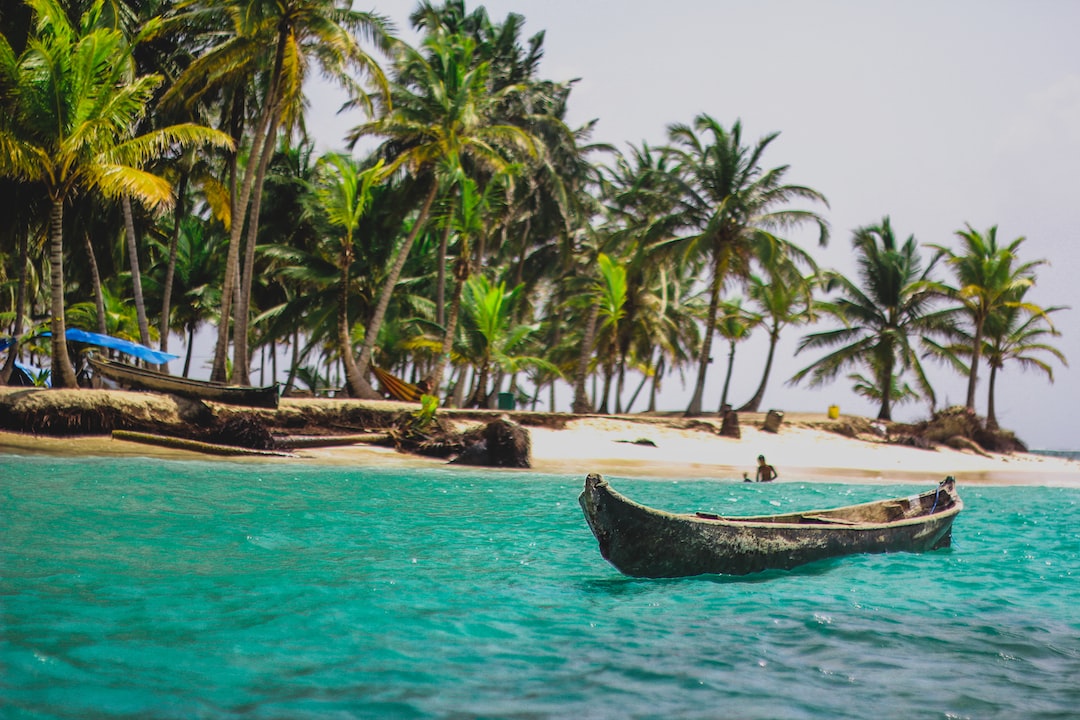Planning a wedding can be an exciting yet daunting task, especially when you are incorporating cultural traditions. For those looking to add panamanian wedding traditions into their special day, there is much more than meets the eye. From pre-wedding rituals and customs on the big day to post-wedding superstitions, learn about how these unique panamanian weddings come together with our helpful guide of traditional practices. With this resourceful list of various panamanian wedding traditions at your disposal, you’ll have all that you need for a truly authentic experience.
Panamanian Wedding Traditions
Pre-Wedding Traditions
Engagement Ceremony:
In Panama, an engagement ceremony is a special event that marks the start of a couple’s journey together. It usually involves exchanging gifts and making promises to each other in front of family and friends. The bride-to-be typically wears traditional clothing such as an embroidered blouse or dress, while the groom may wear a suit or tuxedo. After the exchange of rings and vows, guests often enjoy music and dancing.
Bride’s Dowry:
A dowry is a gift from the bride’s family to her future husband’s family. This tradition has been around for centuries in Panama, but today it is less common than it used to be. Typically, the dowry includes items such as furniture, appliances, jewelry, clothes or money. The amount given depends on how wealthy both families are; however some couples choose not to have one at all if they don’t feel comfortable with this tradition.
In Panama, pre-wedding traditions are deeply rooted in the culture and bring families together to celebrate the upcoming union. From engagement ceremonies to dowries and wedding showers, these celebrations are an integral part of the wedding experience that will be remembered for a lifetime. Now let’s explore some of the traditions on the actual wedding day.
Wedding Day Traditions
On the wedding day itself, Panamanian couples typically have a bridal procession to the ceremony venue. This is usually done with a lot of fanfare and music, as family members and friends accompany the bride on her way to meet her groom. The procession may also include traditional dancers or musicians playing traditional instruments such as drums or marimbas.
The next step in Panamanian wedding day traditions is the blessing of the rings. During this part of the ceremony, both sets of parents bless their children’s union by placing their hands over each other’s rings and saying a prayer for them. This symbolizes that they are now one family united in love and commitment.
Finally, it’s time for the exchange of vows and rings. In Panama, couples often write their own vows which they recite during this part of the ceremony – expressing their love for each other in front of all those present at their special day. After exchanging rings (and sometimes even a kiss), it is customary for guests to shower them with confetti or rice, signifying good luck and prosperity throughout married life together.
As the wedding day comes to an end, couples can look forward to a lifetime of joyous memories and post-wedding traditions such as reception celebrations, honeymoon adventures, and heartfelt thank you notes.
Post-Wedding Traditions
Reception and Dancing:
After the ceremony, receptions are a time for celebration. It’s a chance to gather with family and friends to enjoy delicious food, drinks, music, and dancing. Couples can choose from many different types of music such as traditional wedding songs or more modern tunes. Depending on the couple’s preference they may opt for live bands or DJs to provide entertainment throughout the night.
Honeymoon Traditions:
Honeymoons are often seen as an opportunity for newlyweds to get away from it all and spend quality time together in a romantic setting. However, some couples prefer to stay closer to home by visiting family members or taking short trips around their own country before jetting off abroad. Others might take part in honeymoon traditions like writing their names on the beach or having pictures taken at iconic landmarks that will serve as lasting memories of their special day.
Wedding gifts are usually given during the reception but there is still plenty of work left after everyone has gone home. The bride and groom should make sure they send out thank you notes within two weeks of receiving each gift so that guests know how much they appreciate them being part of their big day. This is also a great way for couples to keep track of who gave what, so when it comes time for sending out thank you cards later down the line, they have everything organized already.
Post-wedding traditions in Panama are a beautiful way to celebrate the union of two people and their families, but it is important to remember that cultural customs and superstitions also play an integral role in the wedding planning process.
Cultural Customs and Superstitions
Color Symbolism in Weddings:
Color symbolism is an important part of Panamanian weddings. Red symbolizes love and passion, while white stands for purity and innocence. Yellow represents joy and happiness, while green is associated with fertility. Blue signifies loyalty and faithfulness, while purple conveys wealth and royalty. These colors are often used to decorate the wedding venue or incorporated into the bride’s dress or accessories.
Traditional Foods Served at Weddings:
Traditional foods served at weddings in Panama include tamales, arroz con pollo (rice with chicken), empanadas (meat pies) as well as other dishes such as ceviche (raw fish marinated in citrus juice). Desserts usually consist of tres leches cake or flan de coco (coconut custard).
Conclusion
Panamanian wedding traditions are a beautiful and unique way to celebrate your special day. From pre-wedding rituals like the bride’s family giving her away, to post-wedding customs such as throwing rice for good luck, these panamanian wedding traditions will make your big day even more memorable. Whether you choose to incorporate some of these cultural customs and superstitions into your ceremony or not, it is important to remember that each culture has its own set of beliefs and practices when it comes to weddings – so be sure to research thoroughly before deciding which ones you would like included in yours.




